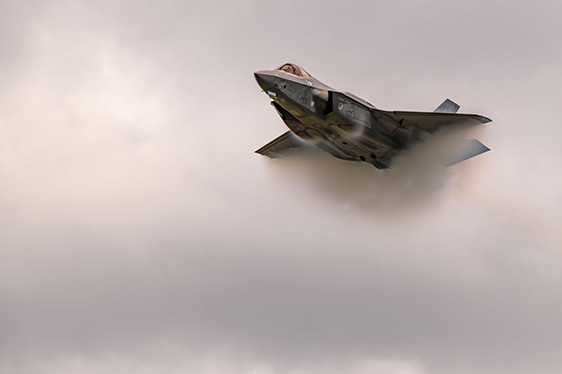
Flight test instrumentation has changed dramatically over the last decade. DAUs have transitioned from using protocols like PCM to Ethernet, which facilitates higher traffic, increased compatibility, and access to many useful features available in the commercial space. The increased data and desire to access more control over onboard systems from the ground has led to significant recent interest in using a bi-directional, Ethernet-like telemetry protocol. Commercial protocols, such as 5G, are being investigated for such a role.
Another standard explicitly developed for telemetry, the Telemetry Network Standard (TmNS), was recently released in IRIG 106-19 [1]. TmNS identifies interfaces for configuration, management, network transport protocols, telemetry link, and various other system and component capabilities. TmNS system is a new tool for the flight test telemetry industry. Its system requirements touch all of the standard flight test equipment, including data acquisition units (DAU), switches, recorders, radios, and the ground complements such as the antenna and the ground system software. This white paper presents an overview of TmNS, its core benefits, and a comparison to 5G.
The Telemetry Network Standard (TmNS)
TmNS aims to move telemetry into the network age, representing a paradigm shift from unidirectional PCM architectures. It hopes to increase test efficiency, utilize the available RF spectrum more efficiently, and improve the interoperability and sustainability of airborne and ground systems. It identifies interfaces for configuration, management, network transport protocols, telemetry link, and various other system and component capabilities. TmNS system requirements have implications for all standard flight test equipment, including data acquisition units (DAU), switches, recorders, radios, and ground complements such as the antenna and the ground system software.